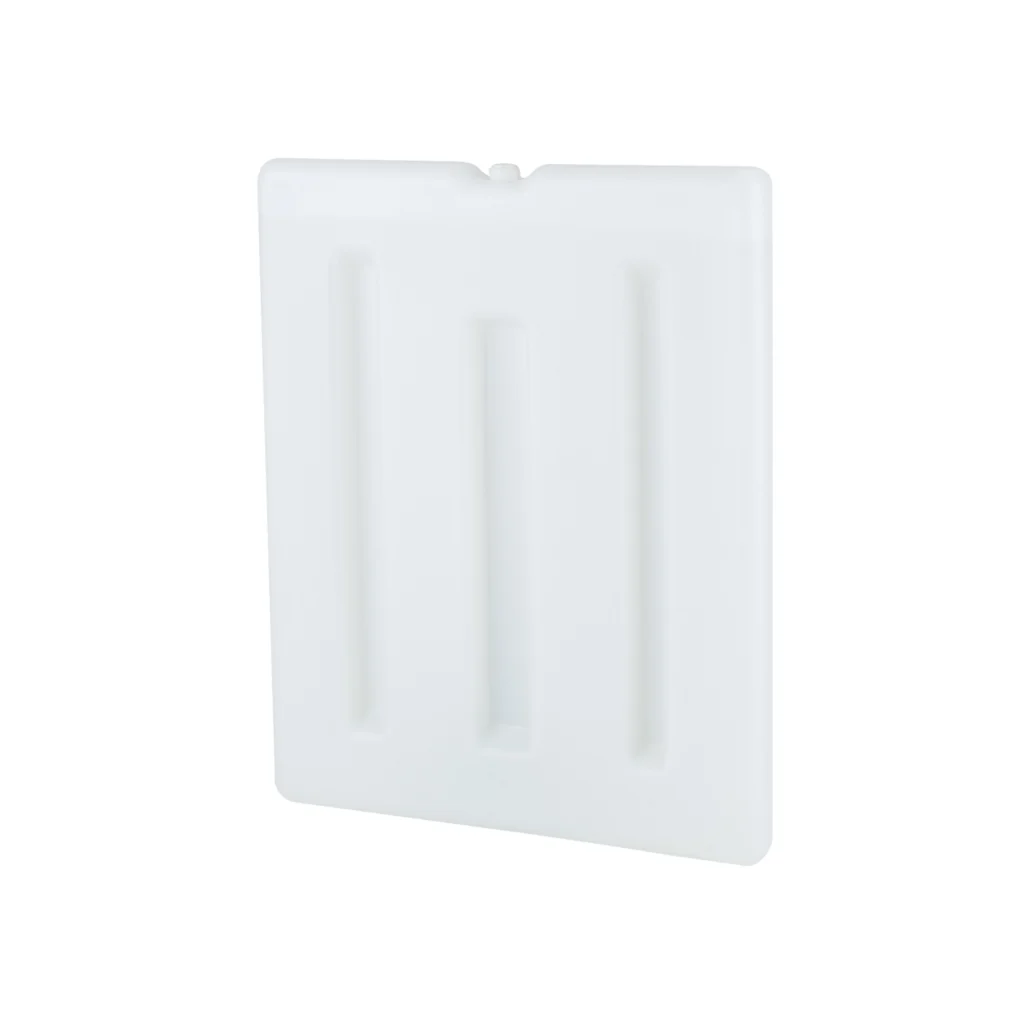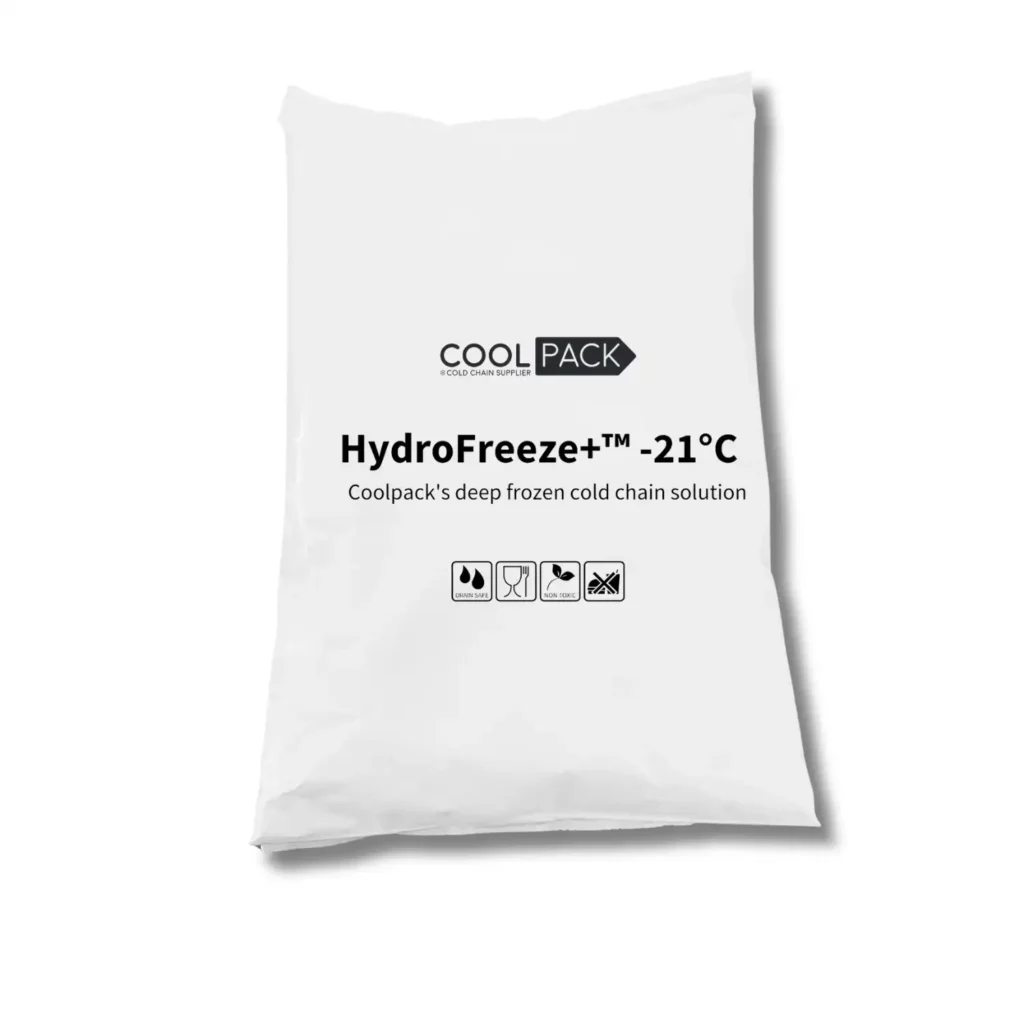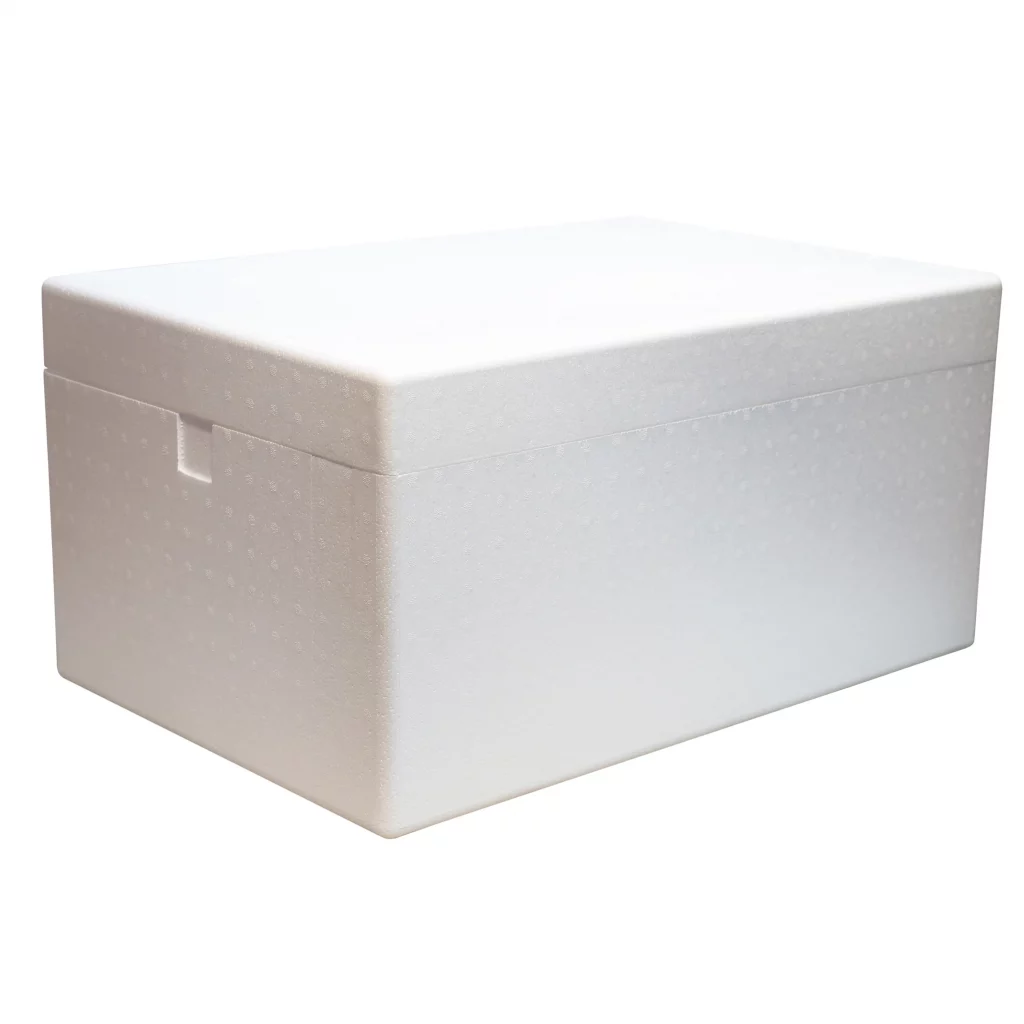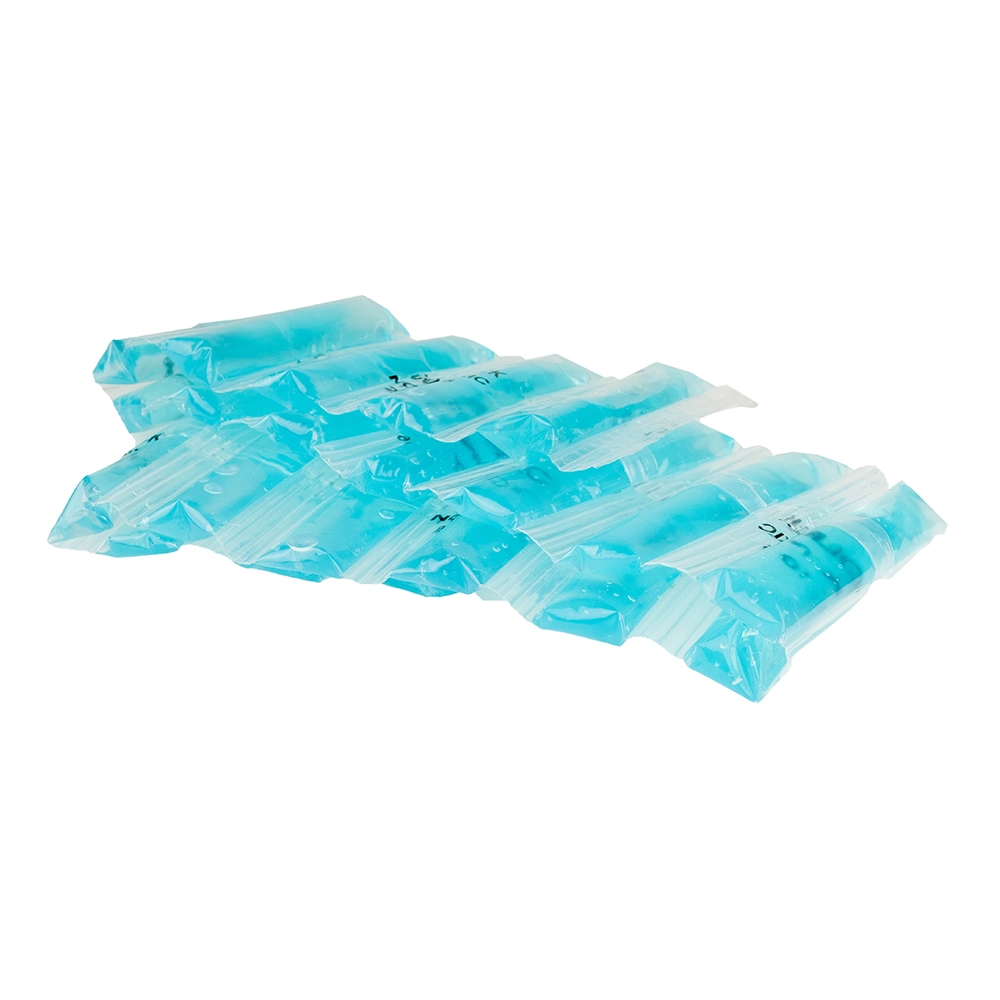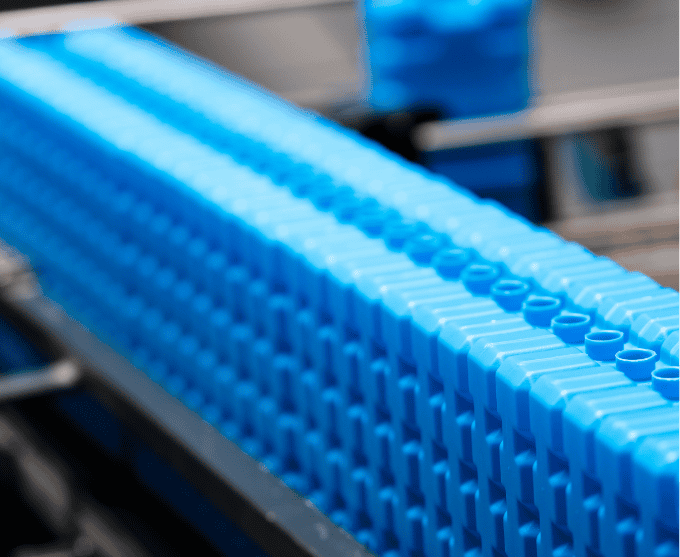Meat transportation: don’t give harmful bacteria a chance
In the Netherlands, we eat an average of 77.8 kilos of meat and meat products per person annually. Through meat transport, fresh meat travels a long way before it reaches the consumer’s plate. However, when storing and transporting meat, environmental conditions and practices are crucial to maintaining quality. Eating spoiled meat can be very harmful to health. Therefore, it is very important to pay enough attention to this. In this article you will read how to delay spoilage of fresh meat as much as possible. We also explain which tools you can use for this purpose.
The spoilage of food during meat transport
Spoilage literally means that microorganisms make food unfit for consumption. Microorganisms can be thought of as a kind of tiny blackhead, present everywhere. All of our food is susceptible to spoilage because its composition attracts microorganisms. So does fresh meat. Fortunately, there are many measures you can take to minimize the risk of microorganisms when transporting meat. By taking these into account, you can delay the spoilage of your meat.
Customization for your unique challenge
Choose solutions that fully meet your needs. At Coolpack, we’re ready with innovative and reliable products for conditioned transport. Together we will be happy to discuss what works for you. Discover what’s possible. Click below for more information.
Specialist in the market
For conditioned transport
Always a solution
Perfectly tailored to your situation
Fast delivery
Your products safe and fresh
Trusted quality
Known to perform time and again
Prevent spoilage during meat transport
For meat, it can spoil quickly due to bacteria. It is important to keep this in mind while transporting fresh meat. To avoid giving bacteria a chance, you can take the following actions:
- Provide a clean environment. Meat can become contaminated by direct or indirect contact with microorganisms. It is important to create a hygienic environment in places where meat is processed or prepared. This way you can limit the presence and growth of microorganisms. We as humans also carry these microorganisms with us. They can even multiply rapidly in humans. So ideally, you should not let the meat come into contact with the skin if you want to keep it for a while.
- Package the meats well. By properly packaging the meat, you protect it from contamination and moisture, among other things.
- Keep meat refrigerated or frozen When refrigerating your fresh produce, the growth of microorganisms slows down. Thus, spoilage is slowed down, so to speak. Different microorganisms have different characteristics. Nevertheless, almost all microorganisms grow at a temperature between 10 and 40 degrees Celsius. Therefore, keeping meat refrigerated already slows down spoilage significantly. With freezing, the growth of microorganisms stops almost completely (although there are some species of microorganisms known to grow slowly even when frozen).
Store and transport meat chilled or frozen
Throughout fresh meat’s journey from slaughter to consumption, measures must be taken to prevent spoilage. Thus, hygiene, insulation and refrigeration are very important at all steps.
Depending on the animal the meat comes from, the meat must be processed, stored and transported at a different temperature. For poultry, for example, this is a maximum of 4 degrees Celsius, while for game meat it is a maximum of 7 degrees Celsius.
Refrigerated transport of meat can be quite a challenge. Many times, refrigerated vans are used. However, with smaller quantities of meat delivered directly to consumers, for example, other solutions may be more attractive.
Packaging equipment for refrigerated transport of meat
By combining refrigerants with well-insulated packing boxes, you can create a kind of mobile refrigerator. This solution is typically used for shipments of up to 24 hours. If your transport procedure involves one-way traffic, it is best to choose refrigerants and packaging boxes that are suitable for single use. After all, you won’t then get the packaging materials back for reuse.
To refrigerate meat products at a temperature of 2 to 8 degrees, you can use gel packs. Gel packs are leak-proof polypropylene bags filled with a refrigerant. Beforehand, you cool the gel packs to the desired temperature. For optimal cooling results, transport your products in a well-insulated packaging box. A popular variant is the EPS box: a lightweight Styrofoam box with thick, insulating wall. A newcomer in the landscape of insulated packaging boxes is the EcoCoolBox. This box is made entirely of compostable materials. This allows it to be discarded with the waste paper after use. For example, the insulating material in the walls is made of paper fibers and the material absorbs moisture well.
Gel packs can also be filled with what is known as Phase Change Material (PCM). This makes them very suitable for transporting products below freezing point. The composition of the cooling gel in the gel packs can be changed. This can lower the freezing point. This allows you to transport your goods to a temperature as low as -23 degrees Celsius.
Durable transport materials suitable for reuse
For shipments with a return process, other tools are more interesting. This is because in these cases you can reuse the packaging materials. For example, you can choose to use mold-resistant cooling elements. These are made of strong material and therefore have a long life. Also important when transporting meat is that the form-fixed cooling elements are easy to clean. Moreover, you can fill them with regular cooling gel or PCM as desired, in order to determine the temperature at which you want to transport the meat products.
The insulated packaging box that lends itself perfectly to shipments with a return process is the EPP box. This packaging box is made of Expanded Poly Propylene, which makes it light, strong, easy to clean and good insulating. EPP boxes are easily stackable and have a long service life. So you are assured of a durable shipping solution!
Have questions, want to order or need personal advice? Please feel free to contact us. Our experts will be happy to help you.
Sustainability Coolpack and CSR
At Coolpack, we are aware of our responsibility to contribute to society. Both in terms of sustainability and society as a social body.
We weigh the interests of the customer, the environment and society, as well as ourselves as an organization, in all business decisions. In this way, we achieve balanced business operations and together ensure an ever better world.
Product groups
Customer Cases
Contact
- +31 (0)33 457 19 82
- info@coolpack.nl
-
Industrieweg 11b
1566 JN Assendelft
Related blogs
The need for a more sustainable food system is becoming increasingly urgent. Globally, we face challenges such as biodiversity loss, […]
The cold chain: vital link in the supply chain The cold chain is a vital link in the global supply […]
